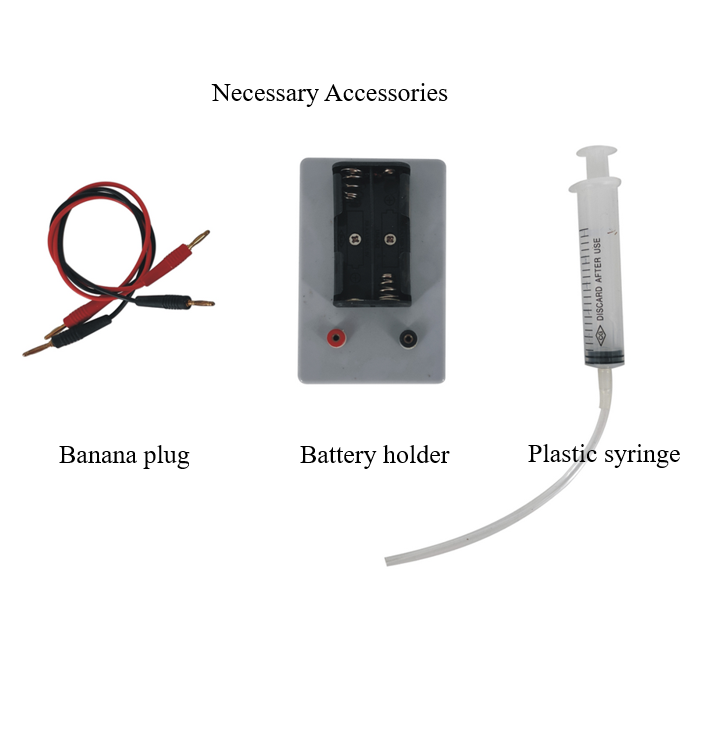Hydrogen Fuel Cell and Solar Power Generate Car
Used for demonstrate the application of new energy in hydrogen and oxygen power generation.
This is the ideal module for studants fast understanding the application. And the theory of how solar energy and other green power use in practice.Besides the solar fuel cell car,we also have other kind teching module. Such as below fuel cell application module


Introduction to our solar power hydrogen fuel cell car
The hydrogen fuel cell model mainly consists of five parts. A is a solar cell module, B is an electrolytic cell module, C is a water, hydrogen, and oxygen storage tank, D is a fuel cell module, and E is a model car.
The fuel cell model uses light to irradiate a solar panel to generate electricity, which is then applied to an electrolytic cell module to electrolyze water to produce hydrogen and oxygen. Hydrogen and oxygen enter the power generation module to generate electricity. Which drives the car to run or charges the internal energy storage module of the car.
Through the use of this model car, students can have an intuitive understanding of the electrolysis process of water and its reverse process. Hydrogen oxygen reaction to generate electrical energy, which is generated by kinetic energy through a micro electric motor.
An electrolytic cell module is a device that converts electrical energy into chemical energy. Chemical reactions occur on both sides of the proton exchange membrane. By applying a DC voltage to both ends of the electrolytic battery module, hydrogen gas is generated on the negative side. (the negative chemical reaction formula is 2H++2e- ® H2) generates oxygen on the positive electrode side (the positive electrode chemical reaction formula is, H2O ® 2H++1/2O2+2e -). The generated gas is collected in the storage tank.
Proton exchange membrane fuel cell is an efficient power generation device. It uses fuel hydrogen as a reducing agent and oxygen in the air as an oxidizing agent for electrochemical reactions. And directly converts chemical energy into electrical energy (the chemical reaction formula is H2+1/2O2 ® H2O). Fuel cells can be used as power sources for power stations or vehicles. Compared with internal combustion engines, fuel cells have the advantages of high energy conversion efficiency and low environmental pollution.